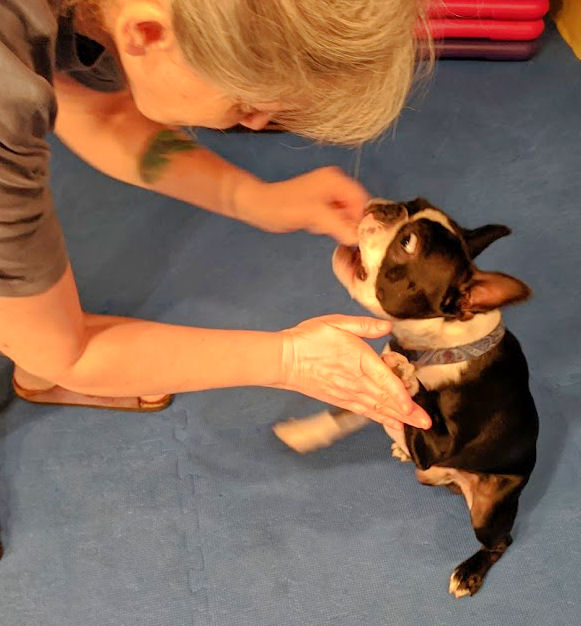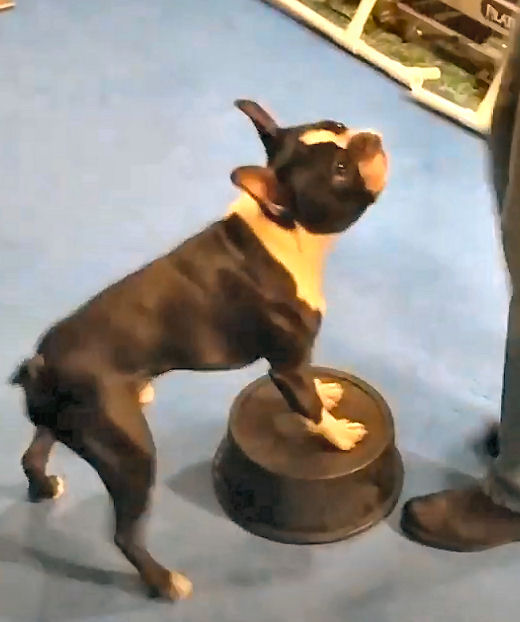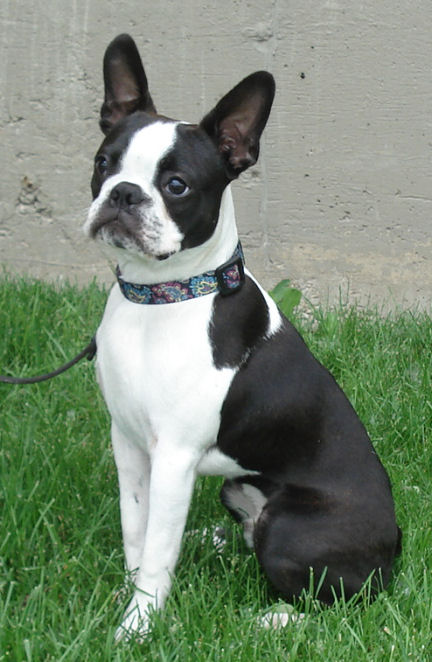Dogs can count. Not really “1, 2, 3” kind of counting, but they are aware of quantities. You’ve probably noticed it when you take out two treats and give your dog one. They wait, sometimes not very patiently, for you to deliver the goods.
When one is many
Understanding how your dog perceives quantity plays a role in reward-based training. Let’s imagine your dog has done something spectacular and you want to give them a “jackpot.” Most people will grab a handful of treats and present the bonanza cupped in their palm.
That’s a mistake. No matter how many tidbits were in that palm, it counts as one to your dog. What makes a super-special “jackpot” to your dog would be single morsels, delivered to his/her mouth individually. Even if it’s the same number of treats. Maybe even if it’s fewer.
Value is you
You can easily test this for yourself. Count out a pile of five treats. Give your dog the treats as a clump, from your open hand. Chances are your dog scarfed them down and looked to you for more.
Later on, maybe after another 2-Minute Dog Training session, give another five treats. This time, deliver each one directly into your dog’s mouth with your fingers. We’ll bet your dog will be happier and more satisfied with this method.
Give and take
Aside from the counting aspect, the difference in delivery is significant. In the first case, the dog is taking the treats from you. In the piece-by-piece scenario, you’re giving the treats to your dog. Especially in training situations, you want your dog to look to you for guidance.
You don’t always have to control every aspect of your dog’s behavior. But you always want your dog to trust that you have every situation under control. It leads to a more confident, calm dog. When your dog knows that he’ll be rewarded by you when he does what you want, every time, he’ll come to love the game. You’re ultimately transferring the value of that reward to you.
Treat delivery matters

Especially in puppy classes people are resistant to placing treats directly in their dogs’ mouths with their fingers. It makes sense – puppy teeth can be sharp as needles and hurt.
It’s best to deliver the treat as far back in the dog’s mouth as you can. You’re less likely to get nipped if your fingers are behind the front teeth. There is a side benefit of getting your dog used to you touching his/her mouth/teeth/tongue. This allows you to do routine grooming care like tooth-brushing.
Counting + Math
There is a study supporting the notion that dogs can not only count, they also understand simple math, similar to human babies. Use your dog’s ability and make every single reward count.


